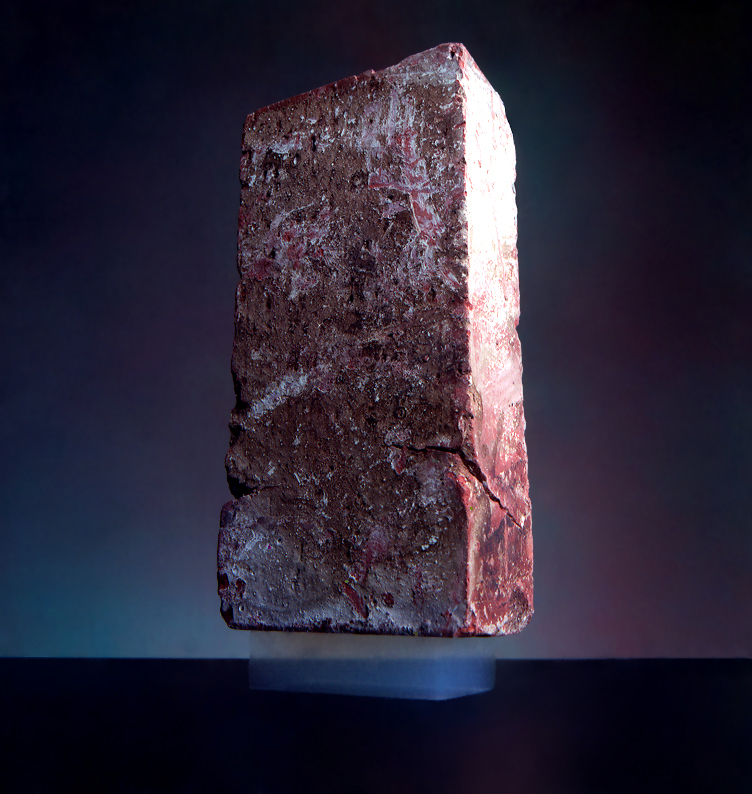Never heard of them?
I'm not talking about Dell or Mac, I'm talking about Fleming, Maury, Leavitt, Cannon (and that's Annie Jump Cannon, not the imaging company), and later, Payne-Gaposchkin. I'm talking about people. Women, to be precise:

The notion that women "suck at Math" is relatively new. Around the turn of the 20th Century, women were sought out by the director of the Harvard observatory for their mathematical abilities, their attention to detail, and, of course, their relative exploitability. They didn't seem to mind the tediousness of their work, and most of them had no aspirations to do their own research- a job in astronomy was glory enough. Interestingly, though, many of them still managed to make some extremely profound discoveries.
Henrietta Leavitt, for example, tracked variable stars (specifically, Cepheid variables) in the Magellanic Clouds. She discovered a curious pattern- the period of the variable star was related to its brightness. Brighter variables had longer periods and vice versa. She published her findings in the Annals of the Astronomical Observatory of Harvard College. She continued to study this phenomenon until it could be confirmed that there was, in fact, a direct relationship between the two. This discovery became one of the most important "yardsticks" in astronomy. If you can monitor the period of a star, and based on this relationship, determine its true magnitude, you can calculate (based on how bright it appears here on Earth), its distance. These findings were used to prove that the Magellanic clouds and Andromeda, then thought to be nebulae, were actually distant galaxies and not part of the Milky Way!
Cecila Payne-Gaposchkin was the first person to earn a Ph.D. in astronomy from Harvard (that's right: first person, not just woman, to get a Ph.D. in astronomy, though she would later go on to become the first female professor there). Her work as a computer was a little more comparable to the kind of work the average graduate student would do (and she had to fight for that). She studied stellar spectra. She was able to (accurately) apply ionization theory to the spectra of stars and relate their spectral classes to their actual temperatures- effectively establishing that Hydrogen was the most abundant element in all stars (before this, it was thought that different spectral classes indicated a presence of different elements- a bit too much to explain here).
If I went on to list all of the important achievements and discoveries made by these women, this post would be too long!
I find it interesting that while I am studying these women, I have become a "computer" myself! Right now, I am using a virtual microscope to search for interstellar dust grains that might be hidden in 40 to 100 out of 1.6 million movies! The project is called Stardust@home. It involves the sharing of millions of images with the general public to help scientists find interstellar dust particles- the largest of which may only be a few microns across. These are the remains of distant stars that have traveled across the expanse of space to our solar system.
The Stardust spacecraft flew through the tail of a comet and then through a stream of interstellar dust particles, collecting bits of comet dust and star dust in tennis racquet-shaped aerogel collectors. Aerogel is some pretty cool stuff. Below, a sample weighing a little over two grams suspends a five pound brick (from wikipedia and NASA):

This is an image of the collector from the Stardust@home web site (note the hand on the left of the image for size comparison):

It's not for everyone. There is a test that you must take and you are frequently presented with "test movies" to keep you on your toes. I've gone through hundreds already, but there are a few folks who have already gone through thousands! Like I said, there will be only 40 to 100 grains in the 1.6 million "slices" of aerogel.
Who better than a filmmaker to determine whether an imperfection is a scratch on the surface of the aerogel, regular "Earth dust" on the surface or something embedded a little...deeper. Furthermore, a woman with a tedious receptionist "day" job (ahem) is all too happy to give some of her time to stardust hunting! Without the help of thousands of people like us, it would take them about twenty years to go through the whole thing! I'm not sure if they are still accepting volunteers at this point, but if you have a keen eye for detail, they need you! Click on the link above to learn more.
So far, I have detected about a dozen candidates, though we won't find out for a while if they are dust particles or not.



1 comment:
Seadot, this is such an inspiring post! You are the perfect person to search for stardust, and what a way to multi-task! xo
P.S. I had my painted film strips scanned onto video, and they look gorgeous! I am so excited! The painting I did was really really simple, but this is such an accomplishment for me. Thanks again!
Post a Comment